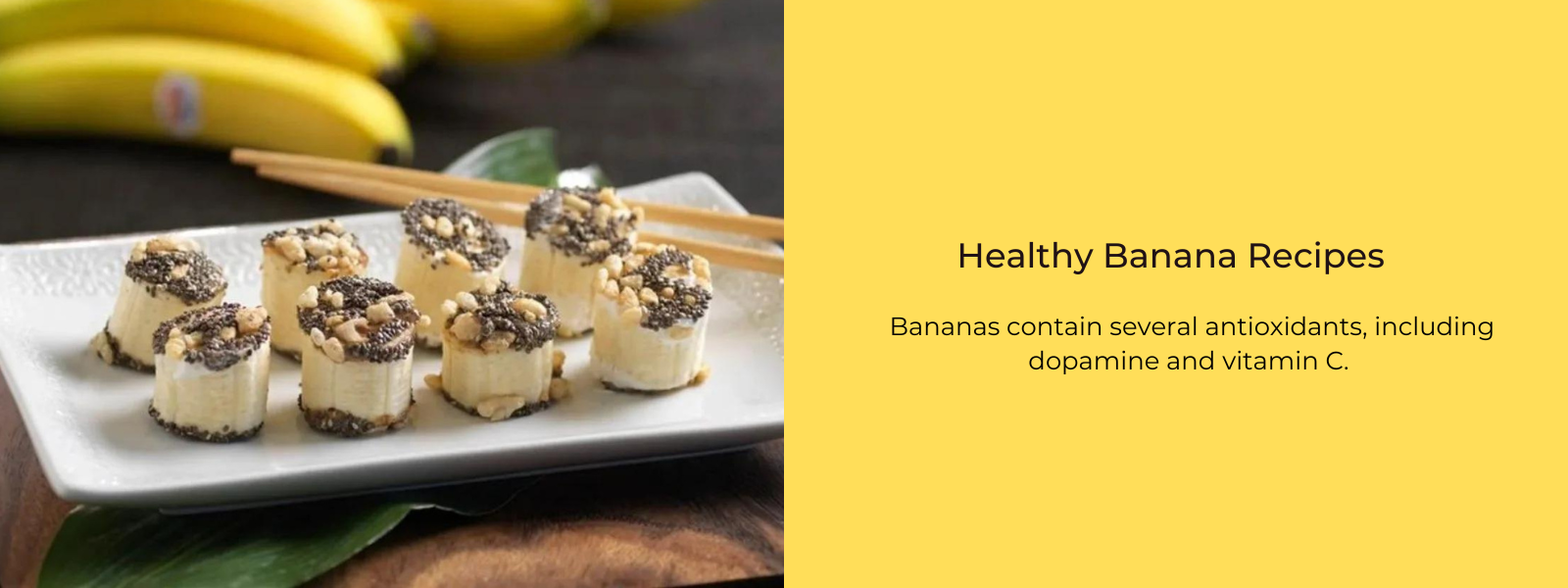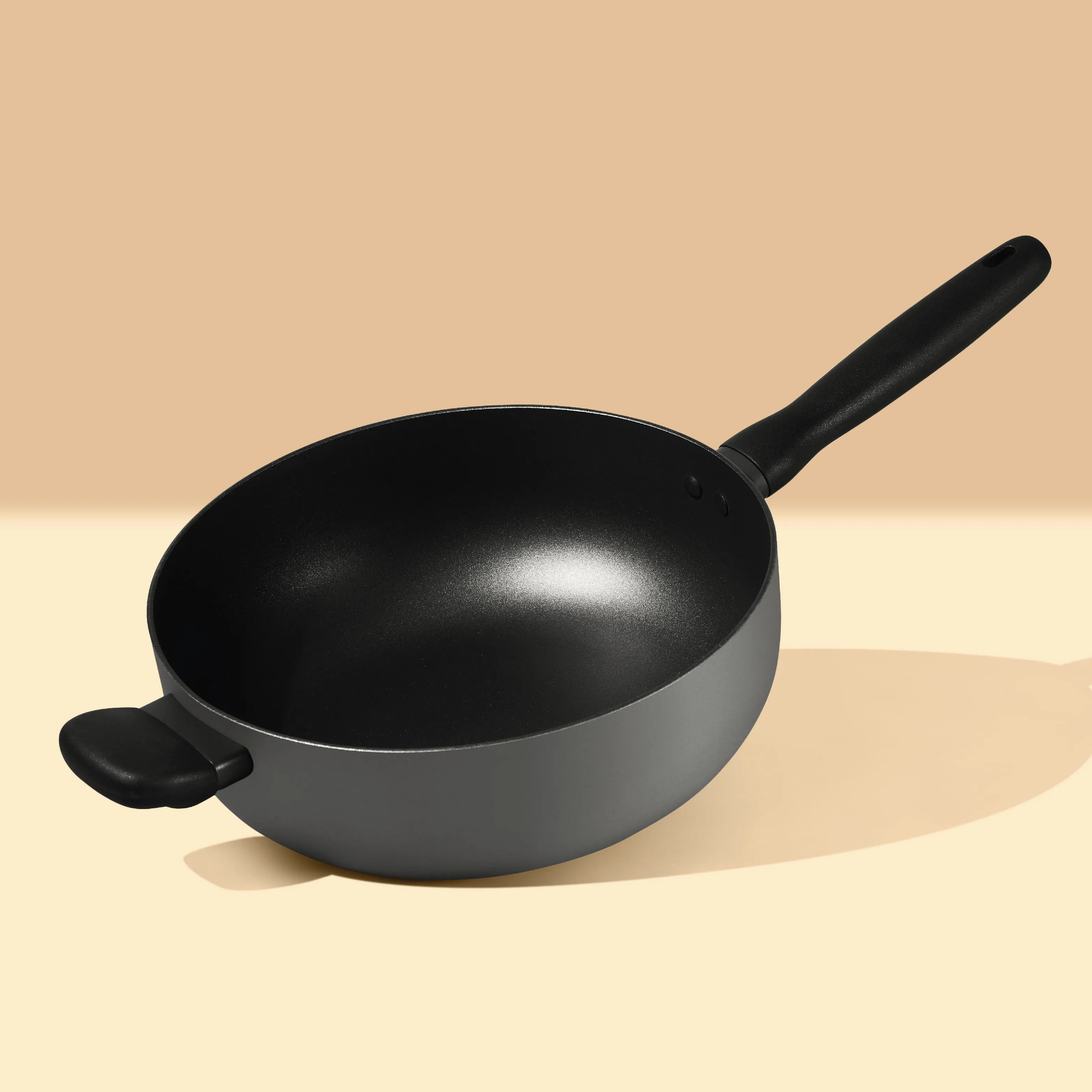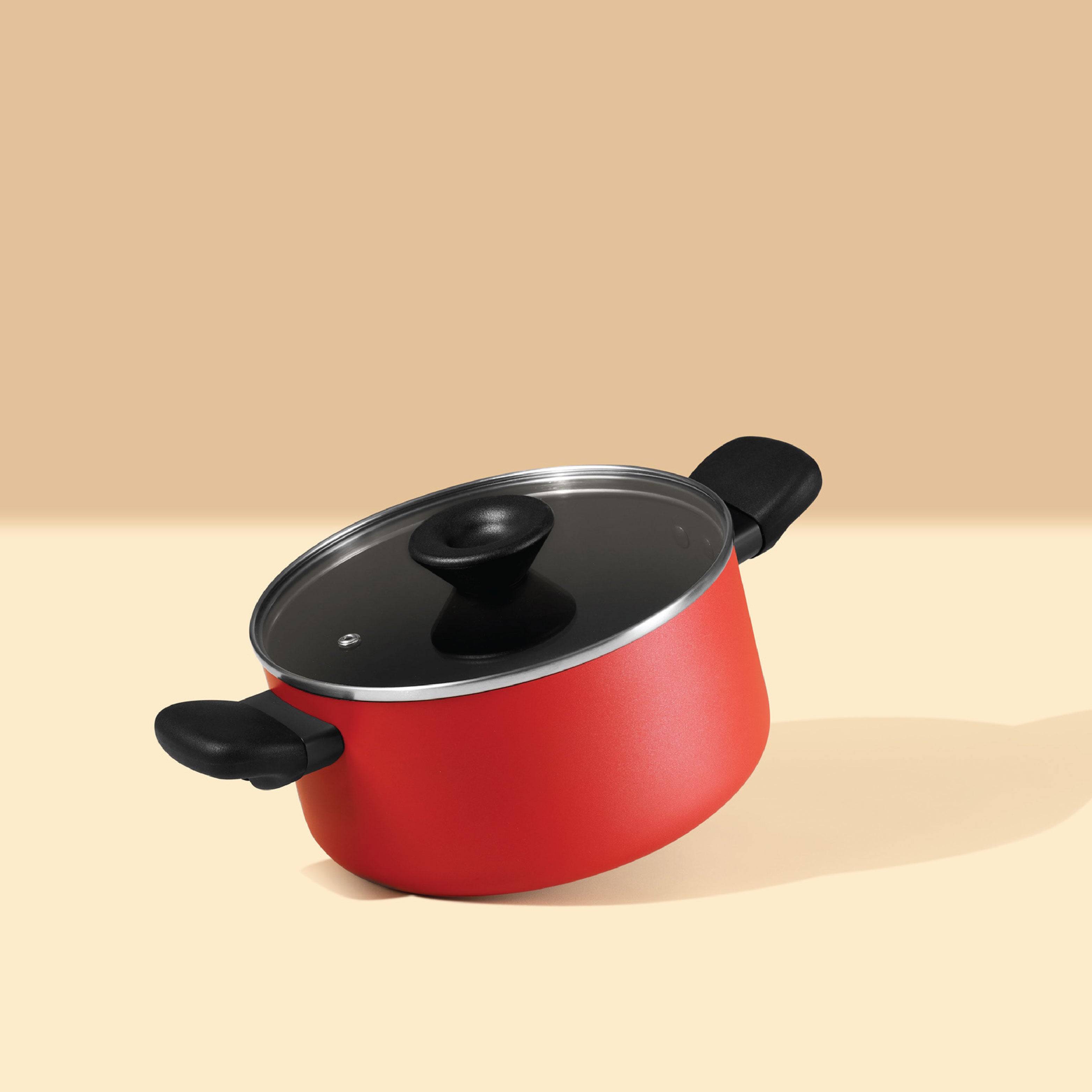The lowdown on low-calorie ice creams raises questions about whether they truly offer a healthier alternative. While marketed as a guilt-free indulgence, these products often use alternative sweeteners and reduced-fat ingredients to achieve lower calorie counts. However, the nutritional value of these ice creams can vary widely. Some may contain artificial additives and preservatives to enhance flavor and texture, while others may lack essential nutrients found in traditional ice cream. Additionally, the taste and texture of low-calorie options may not compare to their full-fat counterparts, leading some consumers to consume larger portions to satisfy cravings. Ultimately, moderation and mindful eating are key when choosing any frozen treat, and opting for low-calorie ice cream should be part of a balanced diet rather than a sole strategy for weight management or health improvement.
Table of Contents
What Are Low Calorie Ice Creams?
Low-calorie ice creams are frozen desserts that have been formulated to contain fewer calories and less fat than traditional ice cream. These products typically use alternative sweeteners, such as erythritol, stevia, or monk fruit extract, to reduce the overall calorie content. Additionally, low-calorie ice creams often contain reduced-fat or fat-free dairy ingredients, such as skim milk or non-fat milk solids, to lower the fat content. Some brands also incorporate protein sources, like whey protein or milk protein concentrate, to boost satiety and provide a creamier texture. Low-calorie ice creams come in a variety of flavors and may include mix-ins like chocolate chips, cookie dough, or fruit swirls. While they offer a lower-calorie alternative to traditional ice cream, it's essential to read labels carefully and consider factors like serving size, ingredients, and overall nutritional value when choosing a low-calorie option.
How Are Low Calorie Ice Creams Made?
Low-calorie ice creams are typically made using a combination of alternative ingredients and formulation techniques to achieve a lower calorie content while maintaining flavor and texture. Here's an overview of how they are made:
- Alternative Sweeteners: Low-calorie ice creams often use alternative sweeteners such as erythritol, stevia, monk fruit extract, or sugar alcohols like xylitol or sorbitol. These sweeteners provide sweetness without adding significant calories, allowing for reduced overall sugar content.
- Reduced-Fat Dairy Ingredients: To lower the fat content, low-calorie ice creams may use reduced-fat or fat-free dairy ingredients such as skim milk, non-fat milk solids, or milk protein concentrate. These ingredients help maintain the creamy texture of the ice cream while reducing the calorie and fat content.
- Protein Sources: Some low-calorie ice creams incorporate additional protein sources, such as whey protein or milk protein concentrate. Protein helps increase satiety and provides a creamier texture to the ice cream while contributing fewer calories than fat.
- Emulsifiers and Stabilizers: Emulsifiers and stabilizers are often used in low-calorie ice cream formulations to improve texture, prevent ice crystal formation, and enhance mouthfeel. Common emulsifiers include guar gum, carrageenan, and locust bean gum, while stabilizers like cellulose gum and xanthan gum are used to maintain consistency.
- Flavorings and Mix-Ins: Flavorings such as natural and artificial flavors are added to create a variety of flavors, from classic vanilla and chocolate to more exotic options. Mix-ins like chocolate chips, cookie dough, nuts, or fruit swirls may also be included to add texture and flavor.
- Churning and Freezing: The ice cream base is churned and frozen using traditional ice cream-making equipment. Churning incorporates air into the mixture, resulting in a light and creamy texture. The ice cream is then rapidly frozen to maintain its texture and prevent ice crystal formation.
Are Low-Calorie Ice Creams Really Better Than Regular Ice Creams?
Whether low-calorie ice creams are truly better than regular ice creams depends on various factors, including individual dietary preferences, health goals, and overall nutritional needs. Here are some considerations to weigh:
- Calorie Content: Low-calorie ice creams typically contain fewer calories per serving than regular ice creams due to the use of alternative sweeteners, reduced-fat dairy ingredients, and lower calorie mix-ins. For individuals watching their calorie intake or trying to manage their weight, low-calorie options may be a suitable choice.
- Nutritional Profile: While low-calorie ice creams may have fewer calories, they may also contain artificial additives, preservatives, and stabilizers to mimic the taste and texture of regular ice cream. On the other hand, regular ice creams often contain higher amounts of sugar and fat but may also provide essential nutrients like calcium and vitamin D from dairy ingredients.
- Taste and Texture: Some people find that low-calorie ice creams have a slightly different taste or texture compared to regular ice creams. While advancements in formulation techniques have improved the flavor and texture of low-calorie options, they may not always replicate the richness and creaminess of traditional ice cream.
- Satiety and Satisfaction: Protein content can influence feelings of fullness and satisfaction after consuming ice cream. Some low-calorie ice creams are formulated with added protein to increase satiety, but individual preferences may vary in terms of taste and satisfaction.
- Moderation and Balance: Regardless of whether you choose low-calorie or regular ice cream, moderation is key. Enjoying ice cream as part of a balanced diet that includes plenty of fruits, vegetables, whole grains, and lean proteins is essential for overall health and well-being.
Calorie And Nutritional Value Of Low Calorie Ice Cream
The calorie and nutritional values of low-calorie ice cream can vary depending on the brand, flavor, and specific ingredients used in the formulation. However, here's a general overview of the typical calorie and nutritional content of a serving (usually 1/2 cup or 65-70 grams) of low-calorie ice cream:
- Calories: Approximately 70-150 calories per serving, with some varieties containing even fewer calories.
- Fat: Typically contains 2-5 grams of fat per serving, with reduced-fat or fat-free dairy ingredients used to lower the fat content.
- Carbohydrates: Generally provides 15-25 grams of carbohydrates per serving, with some of the carbohydrates coming from natural sugars and sugar alcohols used as sweeteners.
- Protein: Contains 3-6 grams of protein per serving, with some varieties fortified with additional protein sources like whey protein or milk protein concentrate.
- Fiber: May provide 1-3 grams of dietary fiber per serving, depending on the inclusion of fiber-rich ingredients like chicory root fiber or inulin.
- Sugar: Low-calorie ice creams typically contain less sugar than regular ice creams, with approximately 3-8 grams of sugar per serving. Sugar alcohols like erythritol or stevia may be used as alternative sweeteners.
- Vitamins and Minerals: While low-calorie ice creams may not be significant sources of vitamins and minerals, they may provide small amounts of calcium, potassium, and other nutrients from dairy ingredients and added fortifications.
Are Low Calorie Ice Creams Good For Diabetics?
Low-calorie ice creams can be a suitable option for individuals with diabetes, but it's essential to consider a few factors:
- Carbohydrate Content: While low-calorie ice creams typically contain fewer calories and carbohydrates than regular ice creams, they still contribute to your overall carbohydrate intake. It's essential to monitor your carbohydrate intake and account for the carbohydrates from low-calorie ice cream in your meal plan.
- Sweeteners: Low-calorie ice creams often use alternative sweeteners like erythritol, stevia, or monk fruit extract to reduce the sugar content. These sweeteners have minimal impact on blood sugar levels and can be suitable for people with diabetes. However, some individuals may experience gastrointestinal discomfort or laxative effects when consuming large amounts of sugar alcohols like erythritol.
- Portion Control: As with any food, portion control is crucial. Even though low-calorie ice creams contain fewer calories and carbohydrates, consuming large portions can still affect blood sugar levels. It's essential to stick to the recommended serving size and avoid overindulging.
- Blood Sugar Monitoring: If you decide to include low-calorie ice cream in your diet, it's essential to monitor your blood sugar levels regularly to assess how it affects your blood glucose levels. Pay attention to how your body responds to different types of sweeteners and adjust your intake accordingly.
- Dietary Preferences and Goals: Every person's dietary needs and preferences are unique. Some individuals with diabetes may prefer to limit or avoid sweet treats altogether, while others may choose to include them occasionally as part of a balanced diet. Consult with a registered dietitian or healthcare provider to determine the best approach for managing your diabetes and incorporating low-calorie ice cream into your meal plan.











Leave a comment